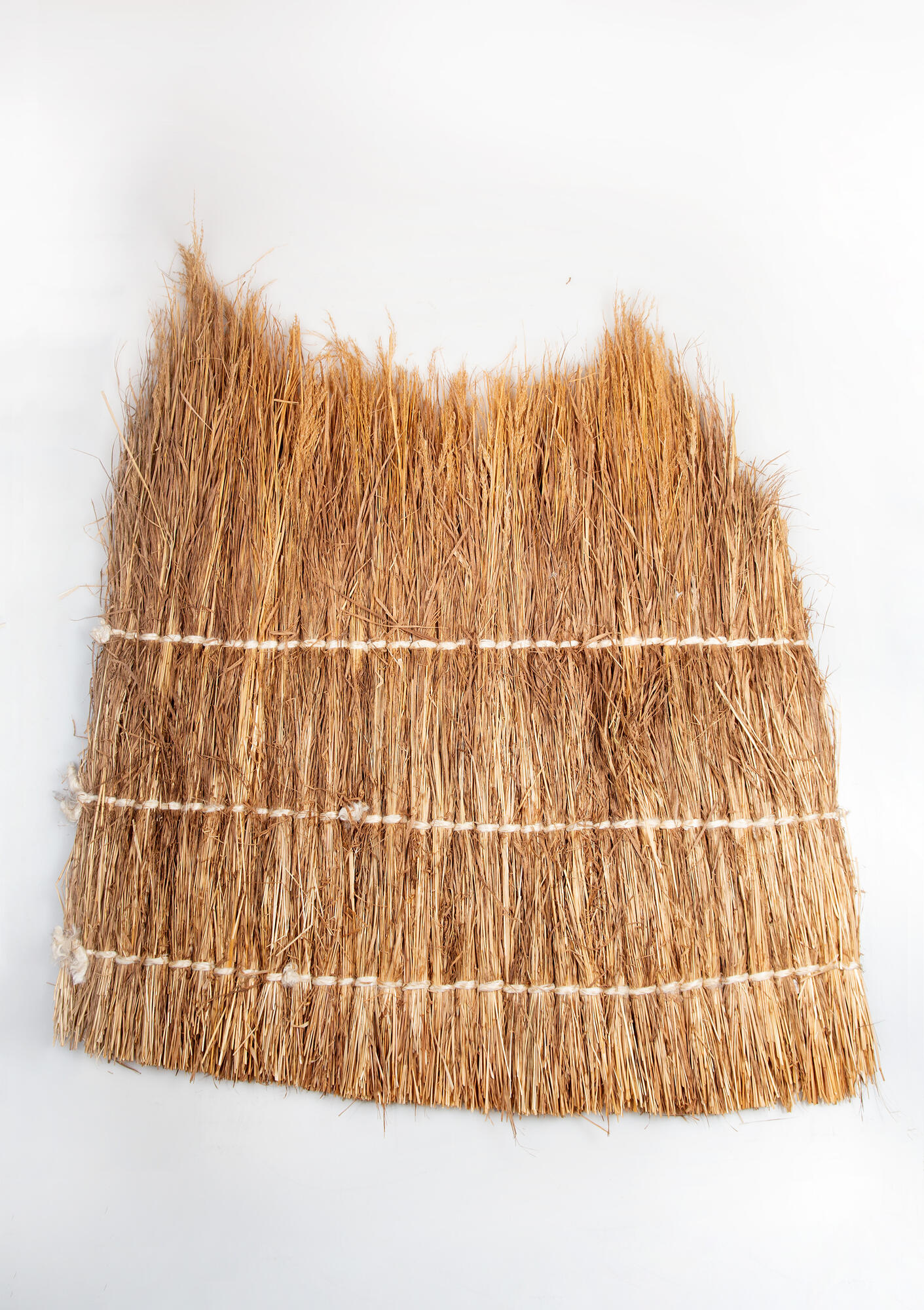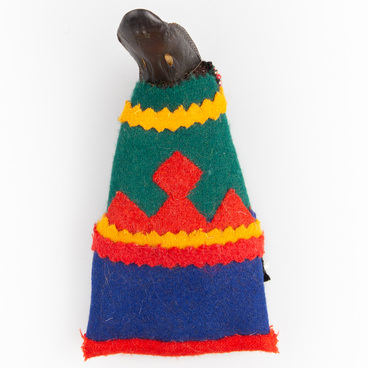The dwelling of the nomadic Nenets people is called “chum”. It is quickly dismantled and set up again, and consists of wooden poles and sewn deer skins. The interior of the chum is made of natural materials: leather, wood, wool, birch bark, and fur. A chum is pitched directly on the ground or in the snow. From ancient times, there are traditions of making floor coverings from natural materials. Even before people learned how to process animal fur and spin yarn, they paid attention to how strong some plants were. People began to use the fibers of grasses, bushes and trees for their everyday life.
Home mats made from vegetable fibers are known in Russian as “tsinovka”. This word comes from the incorrect pronunciation of the French word “china” — the so-called rugs from China, which Europeans began to use in the 19th century in the wake of the fashion for the East. Mats are woven by hand — this is a laborious and painstaking process. The Nenets use dried sedge and thin young birch trunks to make mats that cover the floor in the chum.
Nenets mats can be round and rectangular. According to one of the simplest techniques of weaving a mat, strips of grass need to be sewn into a large piece. The Nenets make narrow bunches of dried sedge or willow twigs, cut off pieces of the required length from them and connect them with tendon threads.
Logs are placed in the center on both sides of the hearth: they protect the floor from fire. Then boards are put on top. Between the floorboards and the walls of the chum, the Nenets make a bed: spruce branches are put under mats made from young birches. On top, they lay a softer mat, made of grass, bags with deer fur, deer hides and a feather bed. Pillows are placed against the wall of the chum, and the family sleeps with their feet to the hearth. As a rule, the Nenets use a women’s yagushka as a blanket.
Home mats made from vegetable fibers are known in Russian as “tsinovka”. This word comes from the incorrect pronunciation of the French word “china” — the so-called rugs from China, which Europeans began to use in the 19th century in the wake of the fashion for the East. Mats are woven by hand — this is a laborious and painstaking process. The Nenets use dried sedge and thin young birch trunks to make mats that cover the floor in the chum.
Nenets mats can be round and rectangular. According to one of the simplest techniques of weaving a mat, strips of grass need to be sewn into a large piece. The Nenets make narrow bunches of dried sedge or willow twigs, cut off pieces of the required length from them and connect them with tendon threads.
The Nenets choose new places for the camp in accordance with their main occupation: reindeer herders look for pastures for domestic reindeer, and fishermen look for reservoirs for fishing. Having chosen the place, all members of the Nenets family begin to settle. Traditionally, women and teenage girls set up the chum. After covering the chum with deer hides, they begin to organize the interior space of the dwelling.
Logs are placed in the center on both sides of the hearth: they protect the floor from fire. Then boards are put on top. Between the floorboards and the walls of the chum, the Nenets make a bed: spruce branches are put under mats made from young birches. On top, they lay a softer mat, made of grass, bags with deer fur, deer hides and a feather bed. Pillows are placed against the wall of the chum, and the family sleeps with their feet to the hearth. As a rule, the Nenets use a women’s yagushka as a blanket.



